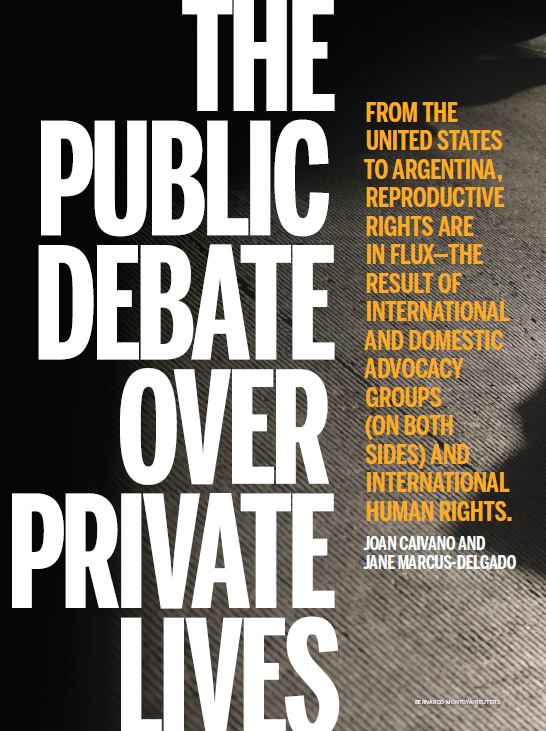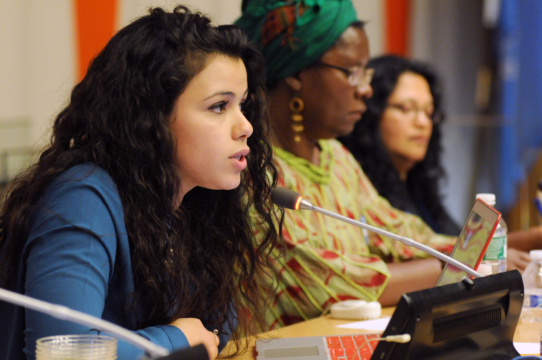
US Learning to Live With Strained Ecuador Ties
Since President Rafael Correa came to power, US relations with Ecuador have been rocky. In dealing with Correa, Washington faces difficult policy choices.
Every day, women across Latin America are terminating their pregnancies under illegal and unsafe circumstances. The number of unsafe abortions—which represent about 95 percent of the total—grew from 3.9 million in 2003 to 4.2 million in 2008, with the annual abortion rate holding steady during that period, at about 32 abortions per 1,000 women between the ages 15 to 44. That’s more than double the rate in Western Europe (12 per 1,000)—where abortion is generally permitted without exception.
The high rate of unsafe abortions, which is defined by the World Health Organization as a termination of pregnancy performed by individuals without necessary skills, or under conditions that are below minimum medical standards (or both), underlines the dismal state of reproductive rights in the region. And it has had chilling consequences for poor and rural women in particular.
In Latin America and the Caribbean, 12 percent of all maternal deaths are estimated to have been the result of unsafe abortion. Annually, about 1 million women in the region are hospitalized for complications ranging from excessive blood loss and infection to septic shock arising from unsafe terminations of pregnancy.
Despite these dire statistics, and their dramatic effect on women’s health, the efforts to address reproductive rights have been marked by divisive politics. While there is clear evidence that criminalizing abortion does not reduce its incidence, public opinion is resistant to change. Issues of morality, religion and tradition, combined with opposition by powerful interest groups, create a potent obstacle to expanding reproductive rights. Today, seven Latin American countries outlaw the procedure completely, and three permit unrestricted abortions. The remainder allow pregnancies to be terminated under a limited range of conditions. The stakes today could not be higher. Restricting access to reproductive health services has tragic consequences for economic growth as well as public health, ranging from lost labor and steep financial burdens on state medical services, to crippling disabilities or death among women of child-bearing age.
To understand what has driven policymaking in this controversial area, it is important to examine the interactions among abortion’s opponents and proponents at the local, national and global levels.
[…]
Since President Rafael Correa came to power, US relations with Ecuador have been rocky. In dealing with Correa, Washington faces difficult policy choices.
How are women faring in Latin America? Where has progress been made and how has that been achieved?
How do Latin America’s total abortion bans affect women’s health and human rights?


